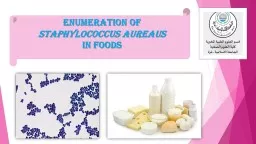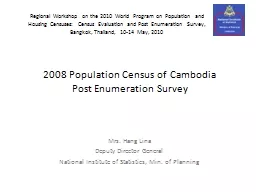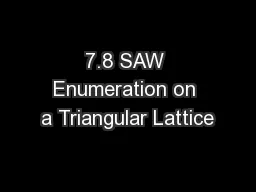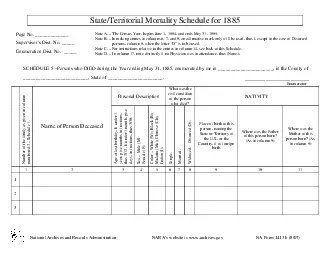PPT-Enumeration of
Author : debby-jeon | Published Date : 2016-10-16
Staphylococcus aureaus in Foods Description The method has been shown to produce satisfactory results with naturallycontaminated meats fish poultry vegetables
Presentation Embed Code
Download Presentation
Download Presentation The PPT/PDF document "Enumeration of" is the property of its rightful owner. Permission is granted to download and print the materials on this website for personal, non-commercial use only, and to display it on your personal computer provided you do not modify the materials and that you retain all copyright notices contained in the materials. By downloading content from our website, you accept the terms of this agreement.
Enumeration of: Transcript
Download Rules Of Document
"Enumeration of"The content belongs to its owner. You may download and print it for personal use, without modification, and keep all copyright notices. By downloading, you agree to these terms.
Related Documents














